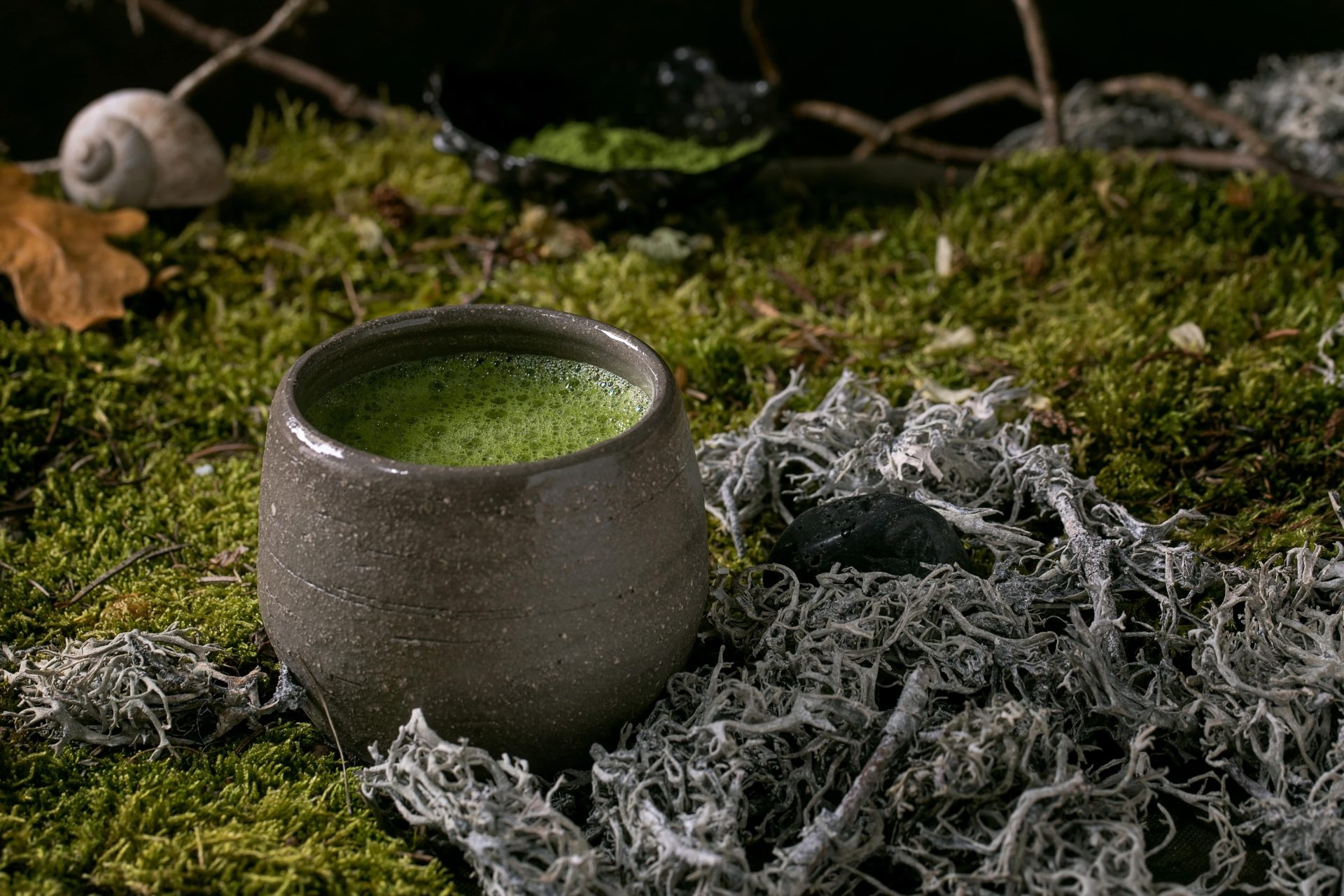Have you ever had a cup of matcha? Well, if you have, then you must have felt something unique about it-either from the smooth, umami-flavored taste or that more relaxing energy it provides. So what’s behind such a perfect cup? It’s with regards to its growth and grind. Most of the distinctive flavor and nutrient-rich powder matcha enthusiasts rave about are created during the cultivation of shade grown matcha and stone grinding. Now, let’s find out what makes shade grown matcha so different, how stone ground matcha seals in that goodness of nature, and why matcha production secrets provide the path to the highest quality of matcha possible.
Introduction to Matcha: Origin and Meaning
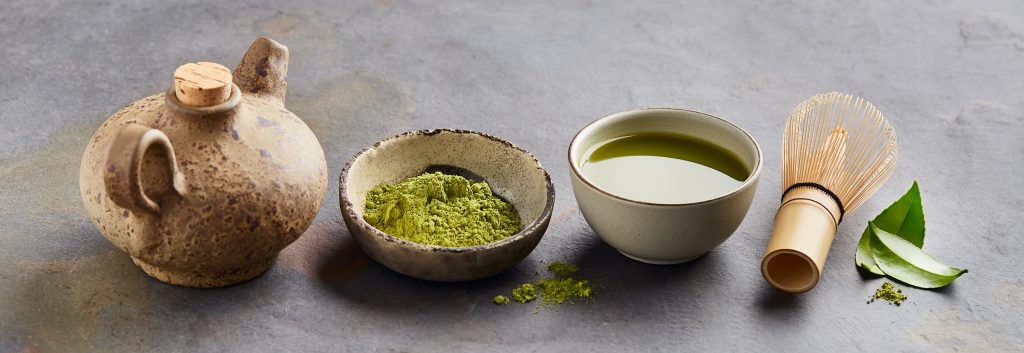
Matcha’s history goes way beyond that of a fad drink. As early as China’s Tang Dynasty, the 7th century, tea leaves were steamed, pressed into bricks, and powdered for ease of trading. During the Song Dynasty, powdered tea gained popularity, and in 1191, a Buddhist monk by the name of Eisai introduced the method into Japan, planting the best tea seeds from China in Kyoto.
Zen Buddhists also developed the system of shade growing matcha to maximize its healthy properties. The leaves are then laboriously stone ground into powder, sealing in their flavor and nutrient content. Over time, matcha became more than just a drink but part of Japan’s highly ritualistic tea ceremony, focused on simplicity, tranquility, and harmony. With its secrets of production ranging from shade grown cultivation to a stone ground process, matcha has remained an integral part of Japanese life and a symbol of mindfulness to this day.
Strength of Shade Grown Matcha
In terms of taste and nutrients, the shade grown matcha is a whole flip. The method of preparation for the leaves of tea itself is different, growing them in conditions that will make the matcha even more enriched. Contrary to regular green tea grown under sunlight, it is all about sunshine and shade balance that the shade grown matcha gets. This controlled environment increases the levels of certain nutrients like L-theanine and chlorophyll. The result? A mellow, umami taste that is indeed a feast for the senses.
The Role of Tencha Leaves in the Production of Real Matcha
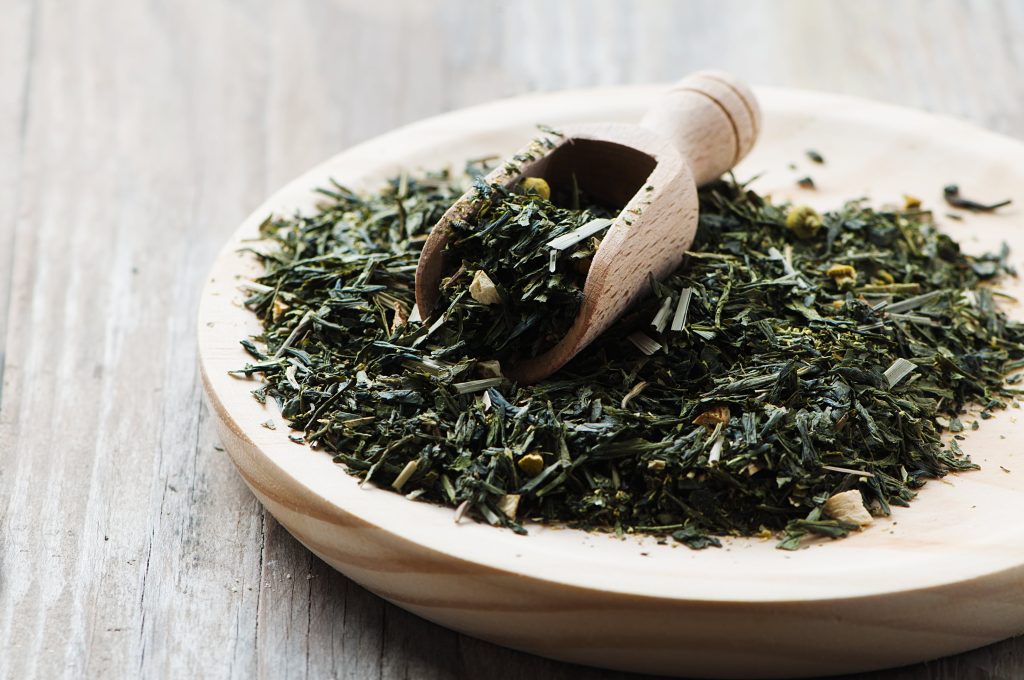
The leaves used in the production of real matcha are called tencha. These leaves are given special treatment-they’re shaded for several weeks before harvesting, locking in a lot of nutrients and providing that sweet, mellow flavor. Shading prevents any bitterness, which is the big thing in matcha-making. The leaves are then steamed and dried before being stone ground into matcha powder after they’re harvested. It’s the whole-leaf experience, so all those nutrients are still very much intact and at work.
The reason one drinks stone ground matcha is that, in effect, you are drinking the entire entity of the tea leaf. It tastes much more nuanced compared to regular teas because this is made from extremely carefully grown and processed tencha leaves. All these leaves are quality, not quantity. When you drink a cup of shade grown matcha, you are getting to know the effort and concern that was paid to each step in its preparation right down to the precise shading and even up to the final grind.
If you’d want to know a little bit more about the secrets of matcha manufacturing, you should know where tencha comes into the entire process. The initial stage to get high-quality matcha involves tencha and is actually a distinguishing characteristic of the real matcha. The next time you have matcha, remember the journey of that leaf to turn into the vibrant green, nutrient-dense powder giving you flavor and that sort of humble boost of energy.
The Art and Science of Stone Ground Matcha
The manner of grinding, especially when it comes to quality matcha, plays a huge role in the flavor, texture, and character. Be it the traditional stone grinding or the newer techniques of milling, both carry with them something quite different.
Traditional Stone Grinding versus Modern Mill Procedures
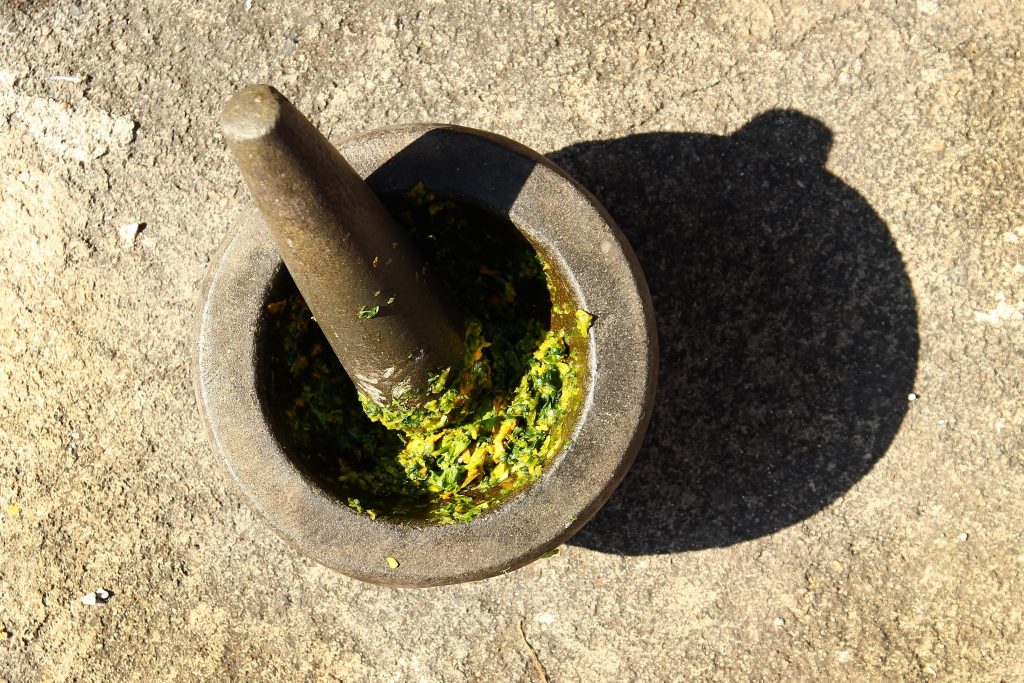
Matcha, which is stoneground in the traditional method using stone mills, is all about maintaining the leaves’ natural goodness intact. It’s a slower, cooler process that is easier on the nutrients, like antioxidants and chlorophyll, so the tea retains a vibrant appearance that looks super healthy. In addition, this method grinds the leaves into an ultra-fine powder so that the matcha is silky in texture, ideal to whisk into a frothy, creamy cup of tea. There’s something very artisanal about it too. It takes such a long time and requires so much work to stone grind matcha; thus, paying respect to centuries-ensured traditions is what makes it an art.
In turn, modern milling methods, such as ceramic ball milling, speed up the process and not always give quality marks. That quicker process can also let some of the heat build up, which interferes with the bright color and the delicate taste profile of matcha. The texture may also be a little coarser than what you would have with stone-ground matcha, and this does affect that velvet-like mouthfeel. It is still great for matcha lattes and smoothies, though, where you want quality but at a much faster rate.
In the end, both techniques have their place depending on what you’re seeking. If you’re seeking that rich, smooth, and creamy matcha full of nutrients and tradition, then stone-ground matcha is the way to go. If you’re seeking something slightly quicker, but still from a high-quality source, modern milling processes can provide you with a wonderful compromise-predominantly in casual or recipe-based applications. Whether for matcha cultivated under shade for its medicinal properties or for insights into secrets matcha artisans have handed down for centuries, grinding is what makes everything worth it.
What is So Different with this Stone Ground, Shade Grown Matcha Compared to Other Green Teas?
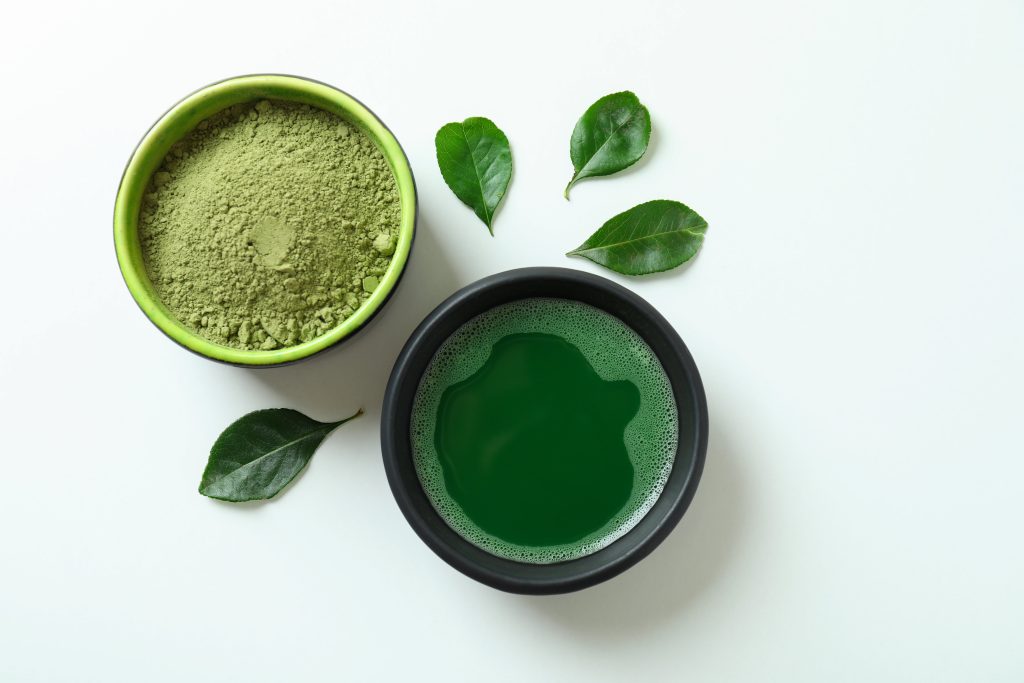
Against a backdrop of other green teas, shade grown matcha presents a number of differences that are mostly related to taste and nutritional content. Shade grown matcha, in particular, presents a different experience because of the way it is grown and processed, giving it a richer, more complex flavor profile.
While regular green tea is grown in full sun, the additional advantage with shade grown matcha is that it is grown under canopy for weeks before harvesting. This increases production of chlorophyll, L-theanine, and other nutrients, making the taste smoother, more umami, and hard to match. Shading also reduces bitterness, making the taste so much more balanced and less astringent compared to regular green tea.
The richness of matcha is probably derived from the stone-ground process. Stone-ground matcha is well ground in a traditional stone mill, whereby the nutritional content inside the leaves is preserved. This way, all the vital antioxidants and nutrients are preserved, making the matcha not only delicious but highly sought after for health purposes. The grinding process keeps the matcha finally powdered-which means smooth and fine, just right for whisking into a foamy cup of tea. Stone-ground matcha is considered the gold standard because traditional methods passed down through generations are used.
Therefore, for a tea that can offer not only the best taste on your tongue but also more concentrated levels of antioxidants, look no further than the shade cultivated matcha. More care, added production secrets such as shading and stone grinding, guarantee in each cup a nutritional gem that will give a stronger taste and higher health value than what your ordinary green tea is doing.
How to Recognize Quality Matcha Key Indications
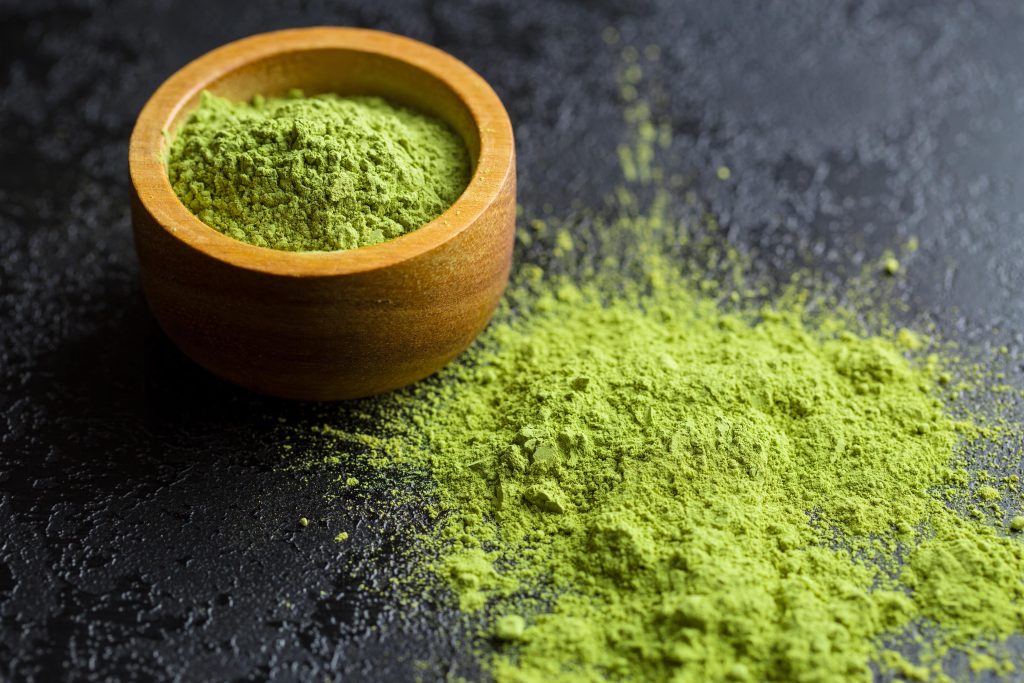
In identifying good-quality matcha, particularly in trying to understand the difference between ceremonial and culinary grades, there are a few things to bear in mind. You are looking for shade grown matcha, which, cultivated under cover to increase its chlorophyll levels, results in a vibrant green powder chock full of rich, sweet flavors. This will tell you a lot if you are working with a high-quality matcha, which is rich in nutrients, smooth, and well-tasting.
One of the big factors that determines the quality of the matcha is the texture. The high-quality matcha needs to be super fine, having an almost velvety texture. This is obtained by stone-ground matcha, which is made in a slow and labor-intensive process whereby leaves are ground in a stone mill. This allows the powder to remain fresh and vibrant without any heat damage that can cause astringency or discoloration.
The more information that can be found out about a certain matcha package, like the farmer’s name, the cultivar, even the climate of the tea garden, while examining different matcha packages, the more details tell a lot about how well it has been crafted. Transparency from the purveyor suggests that the quality of the matcha is going to be quite high. Also avoid phrases “ceremonial grade” and “premium” if not properly justified. Those simply sound nice, yet they are not the same as quality without proper justification.
In a proper ceremonial-grade matcha, you can tell it is shade grown and then stone-ground with care to maintain both its color and flavor. When comparing grades, look for matcha that specifies whether it is for usucha-thin or koicha-thick tea, as those are good differentiations between the two ways of preparation. If the intention is to utilize matcha for a purpose like lattes or baking, then the culinary-grade matcha may be what one wants because it is prepared to retain flavor when mixed with blends of other items.
In all, rely on your senses: the smell, color, and texture say a lot. The best quality matcha should also have a bright, rich fragrance, deep green color, and be silky smooth. If it’s mediocre, or if it smells wrong, then it’s of poor quality. When whisked into hot water, good quality matcha is smooth and does not have any bitterness; it will leave you with a balanced taste, a little sweet. Those minor things can take you toward matcha that is not good but great.
Final Words
In conclusion, shade grown, stone ground matcha is the singular intersection of outstanding flavor and superior nutritional content. Shading enhances its nutrient content, reduces bitterness, and gives it a smoother quality. Traditional stone grinding preserves brightness in both color and texture. Its production process was laborious compared to other teas so that each sip would be both a meditation and a nutritionally full experience. Knowing these secrets, one will learn to appreciate the art which is involved in this incredible tea.

